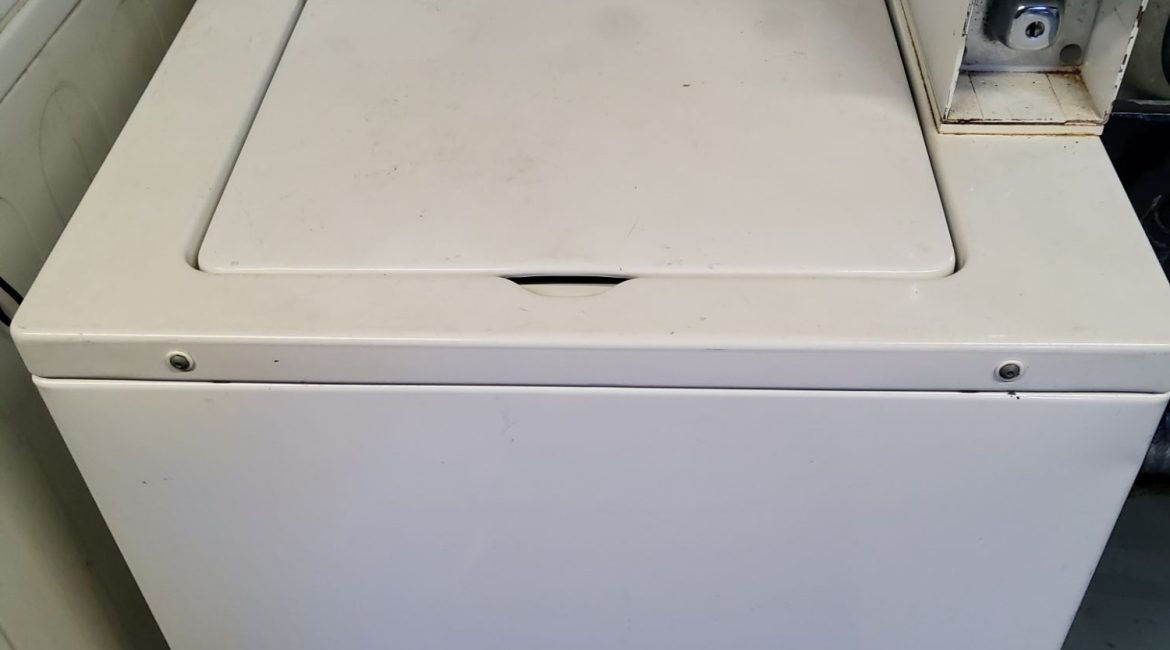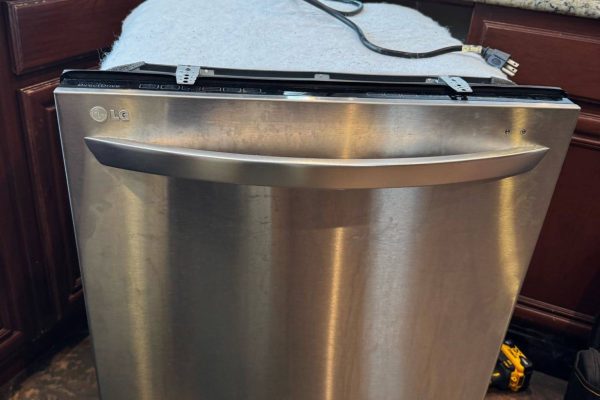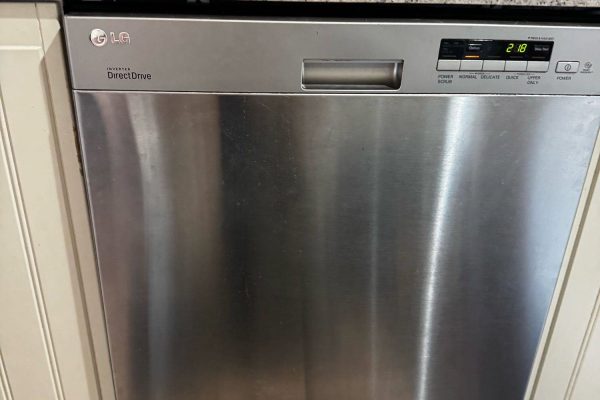A washing machine that fills with water but refuses to start the wash cycle is one of those frustrating problems that seem to appear out of nowhere. You hear the familiar sound of water entering the drum, you expect it to begin spinning, but instead — silence. This issue may look confusing at first, but in most cases, the cause lies in a malfunctioning control board, motor issue, or related electrical component. Understanding the reasons behind this problem can help you make the right decision and prevent future breakdowns.
Understanding How the Wash Cycle Works
When you start a cycle, your washing machine follows a specific sequence: it locks the door, fills with water, agitates (washes), drains, and spins. The control board is the “brain” that coordinates all these actions by sending signals to various components such as the motor, door lock, and sensors. If your washer fills with water but doesn’t move to the next step, something is interrupting this communication chain.
1. Faulty Control Board
The control board (or main electronic module) governs the washer’s operation. It receives input from buttons and sensors and sends signals to the motor, valve, and other parts to continue the cycle.
When the control board fails, the machine might fill with water but stop there. This happens because the board no longer sends the correct signal to start the motor or advance the cycle.
Signs of a faulty control board include:
- Washer fills but does not agitate or spin.
- No response to cycle selection.
- Display panel lights flicker or behave erratically.
- Occasional pauses or restarts mid-cycle.
Control board issues may result from moisture exposure, power surges, or wear over time. Unfortunately, these boards are delicate and not easy to repair at home. In most cases, they need to be tested and replaced by a qualified technician.
2. Motor Problems
If the control board is working properly, the next suspect is the motor. The motor drives the drum during the washing and spinning stages. A burned-out or jammed motor will prevent the cycle from starting, even though the washer fills with water.
Common signs of a motor issue:
- You hear a humming or clicking noise after filling, but the drum doesn’t move.
- The motor overheats and shuts down intermittently.
- There’s a burning smell or visible damage under the machine.
The cause could be worn motor brushes, a defective motor capacitor, or a shorted winding. Motor problems should be diagnosed using professional tools like a multimeter to test resistance and continuity.
3. Broken Lid or Door Switch
A door or lid switch acts as a safety mechanism to ensure the washer doesn’t start while the lid is open. If this switch is faulty or misaligned, the machine will fill with water but refuse to start the cycle.
Check if the lid clicks securely when closed. If not, the switch might not engage. Replacing this component is relatively inexpensive compared to other repairs, but it still requires careful handling to ensure safety.
4. Timer or Cycle Selector Issues
In some older models, a mechanical timer controls cycle progression. If the timer motor fails or the contacts inside the selector switch wear out, the washer may stall right after filling. Modern digital models rely on the electronic control board, but timers can still be a problem in semi-automatic or traditional washers.
5. Wiring or Power Supply Problems
Even when the main components seem fine, faulty wiring or loose connectors can interrupt signals between the control board and the motor. A damaged harness, corroded terminal, or burned connector can cause the washer to appear dead after filling.
Technicians often inspect wiring connections and test voltage at different points to identify whether the problem lies in the electrical system.
6. Motor Control Board (in advanced models)
Some washers, especially high-efficiency models, include a separate motor control board (MCU). This board communicates with the main control board and regulates motor speed and direction. If the MCU fails, the washer might fill normally but stop before agitation.
What You Can Check Yourself
Before calling a technician, you can try a few basic troubleshooting steps:
- Unplug the washer for a few minutes to reset the control board.
- Make sure the lid or door closes firmly and latches correctly.
- Check for power surges or tripped breakers that may affect operation.
- Inspect for visible damage on the wiring or burnt smell near the motor area.
If these steps don’t help, it’s best to stop further attempts. Modern washing machines are complex and contain high-voltage components that can be dangerous to handle without expertise.
Why Professional Diagnosis Matters
Trying to fix control board or motor problems without proper tools can lead to further damage. Replacing these parts requires diagnostic testing, manufacturer-approved components, and precise recalibration.
A certified technician can quickly identify whether the issue lies in the main control board, motor, or related electrical circuit. They can also test other systems like the lid lock, pressure switch, and motor capacitor to ensure the repair is complete and long-lasting.
Preventing Future Issues
- Avoid overloading the washer — this strains the motor and bearings.
- Use a surge protector to safeguard the control board from power fluctuations.
- Keep the area dry to prevent moisture from damaging electronic components.
- Schedule regular maintenance to clean and inspect electrical connections.
Call the Experts at Oceanside Appliance Service Center
If your washing machine fills with water but refuses to start the cycle, don’t waste time guessing the cause. The issue may seem minor, but it often points to serious electrical or mechanical faults that require expert attention.
At Oceanside Appliance Service Center, our technicians specialize in diagnosing and repairing all types of washer problems — from faulty control boards to damaged motors. We provide fast, reliable service to restore your appliance’s performance and save you from costly replacements.
Call Oceanside Appliance Service Center today to schedule your washer repair and enjoy peace of mind knowing your appliance is in professional hands.
Contact us


